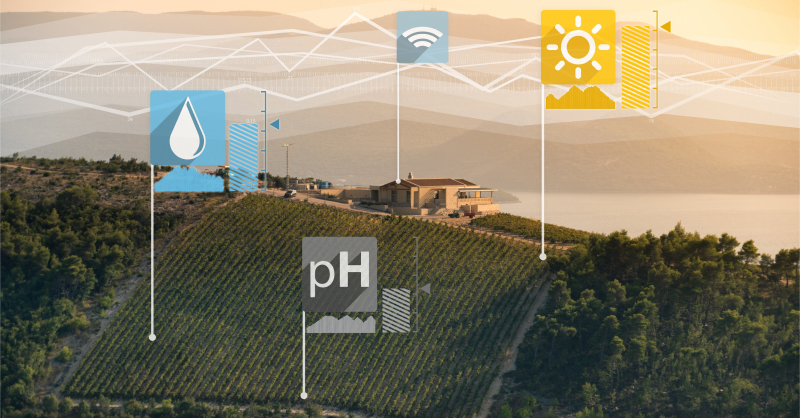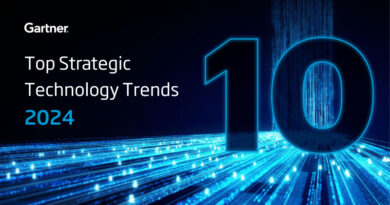Digital trends in the wine industry
The wine market generates some $29 billion (US) per year, and although in recent years vineyard space and consumption have stagnated (pending the results of the pandemic years), winemaking and vine care has continued to innovate and improve.
As with other crops, vineyards suffer from various diseases that affect the production, so solutions have always been sought to facilitate the detection of these diseases in order to tackle them and avoid greater issues.
An example of a low-tech solution can be found in the rose bushes that you have probably seen at the ends of the vine strings, which are used as passive and highly sensitive detectors of a type of fungus that is very harmful to the vines.
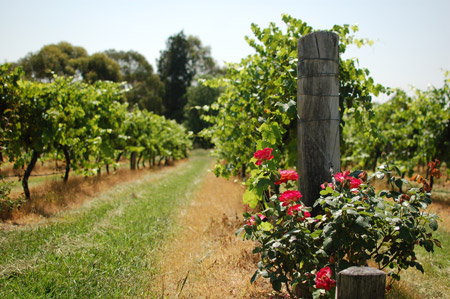
As we have said countless times, technology can be applied in all fields in many different ways; the imagination (and budget, of course) is the limit. So today we want to analyze the digital trends that are being applied to the winegrowing.
Today’s trends
Although the rosebush solution is and will continue to be used, other technologies have been applied for years and recently others are beginning to be applied. These are:
- Internet of things
- Artificial Intelligence
- Robotics
- Geographic Information Systems and Remote Sensing
- LiDAR
- Blockchain
- E-Label
- E-Certificate
- Smart storaging
Surely you have heard about some of these applied in this field, but others you surely did not expect to see here. Let’s analyze them in detail and see how they are used in the vineyards, in the wine itself, and in its distribution.
Internet of things
When did we not talk about IoT? Well, here we have another clear example of its use, being applied in the vineyards as well as in the wine itself and in the distribution of wine.
In vineyards, it is used to monitor the harvest and the real-time status of the vineyards; together with the use of remote sensing (which we will discuss later), it monitors the state of the vine and meteorological aspects, as well as soil conditions, humidity, efficient water use and irrigation management, weather forecasting, etc.
In addition, it is also possible to monitor key aspects such as ambient temperature, wind speed, UV radiation index, relative (ambient) humidity, leaf wetness, soil moisture, precipitation index and a host of other parameters.
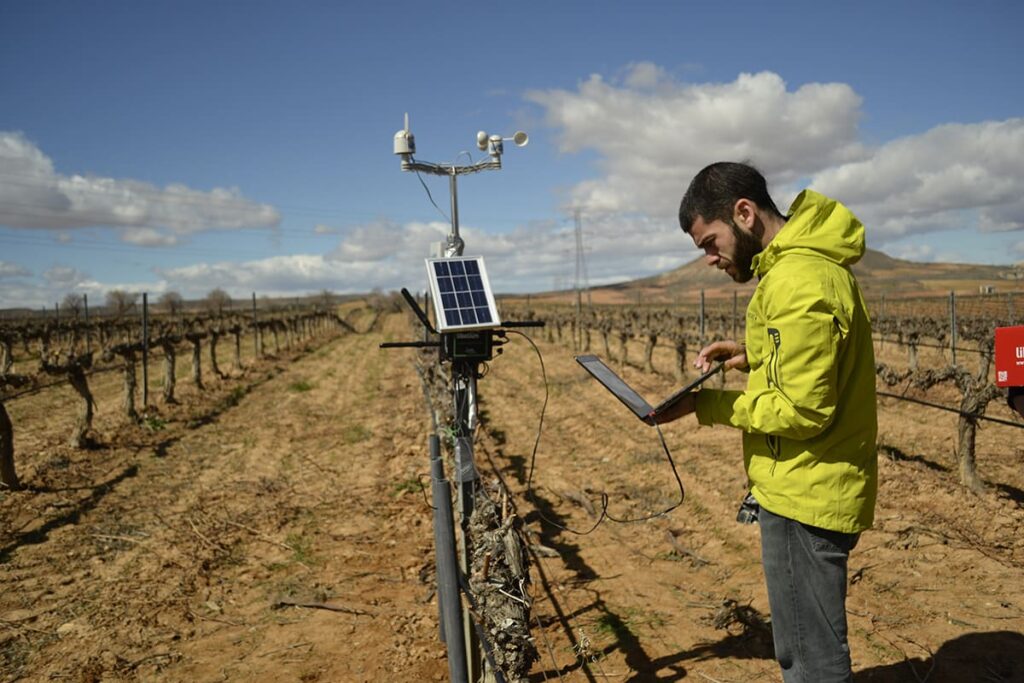
Once the grapes have been harvested, they go through a series of different steps until they reach the aging process. Throughout this time, the use of IoT is present in the control of key factors, such as temperature, humidity or light. It is also applied in subsequent processes such as bottling, capping and labeling, adding the use of artificial vision to detect errors and help meet quality standards.
In the final distribution phase, the use of IoT generates advantages in transport logistics, increasing efficiency and, therefore, reducing costs and time.
Artificial intelligence
We have already seen it with IoT dissipatives; artificial intelligence is closely linked in Edge devices, again being applied in all phases of winegrowing(from harvest to distribution).
Thus, AI can provide us with information on quantifiable aspects of the vineyards, allowing growers to classify vineyards according to grape variety as well as bunch shape, stem, grape size, shape and color, seed, skin type, etc.
Once the wine is in its barrels, thanks to real-time monitoring of inventory and barrel conditions, it is possible to schedule production optimization, helping wineries to maximize their productivity. AI, from the information collected, can even determine or predict the quality of the wine.
At the distribution level, as in other markets, AI makes it possible to reach the end customer, changing by understanding product preferences and generating direct channels without intermediaries to the end customer. Recently, virtual reality has been applied to virtual tastings, in which the customer can taste the wine as if he were in the winery, including a virtual sommelier as an assistant.
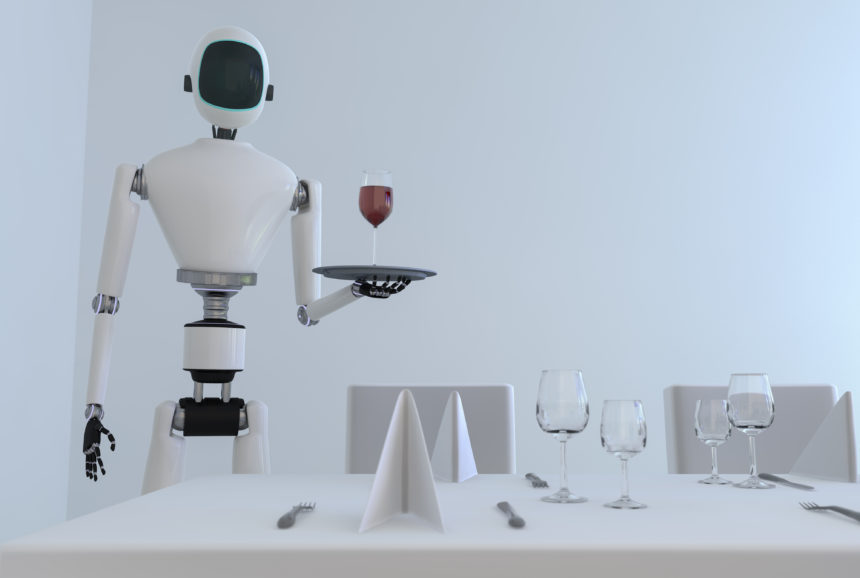
Robotics
The replacement of harvesting personnel by machinery has also reached the vineyards. Vineyard planting was traditionally carried out by two people. Now its been replaced by a robot that drills a hole in the ground and deposits the seeds with compressed air. Once the vines are planted, they monitor grape yield, growth, grape composition in the vineyards, etc., thus obtaining a quality map of the crop that allows decisions to be made for the best optimization of the vineyard.
The final stages of the wine chain are surely known to everyone, since they are fundamentally similar to any other agri-food company. Together with Artificial Intelligence, this stage optimizes the efficiency of distribution and marketing by saving time and automating the work of the operators.

Geographic Information Systems and Remote Sensing
In the case of the use of GIS, together with remote sensing (multi-band satellite image analysis), this is one of the application cases that I personally knew most about, in addition to that of the roses. Here it must be said that in recent years these geospatial analysis techniques are becoming increasingly widespread and assimilated by more and more vineyards.
The reason is simple; from a multi-band satellite image it is possible to obtain large amounts of information, visible or not to the human eye, at any time of the day and in almost any environmental condition.
Combining these bands provides accurate information about the state of the terrain, vineyards, etc. Thus, a typical combination is the normalized difference vegetation index (NDVI), which combines near-infrared light with the red light spectrum, and whose result gives us the contrast between vegetation (which has a high reflectance) and bare soil, man-made structures, etc.

Also from the thermal bands it is possible to detect fires and burned vegetation, so as you can see the applications are many and varied.
LiDAR
Acronym for Laser Imaging Detection and Ranging, LiDAR is a remote sensing method (much smaller than remote sensing) used to map structures as well as height, density, slope and other characteristics of vegetation in an area.
In the world of vines and wine, this tool allows to map the vineyard in three dimensions; from the topography of the terrain to the grapes of each vine. This scanning generates a cloud made of three-dimensional point , which forms a three-dimensional representation of the vineyard (including colors).

clouds from UAV imagery
Blockchain
A technological trend that is on everyones mouth right now, the Blockchain has its utility in the wine world in the supply chain, giving the capacity to verify or check all the steps that a product has followed throughout its lifespan, with dubious identification of the tracked objects (bottle of wine, grapes from a vineyard, etc.).
Thanks to the Blockchain, traceability will be visible and verifiable for everyone, without the possibility of altering or modifying the bottles (no more incunabula filled with wine from minibricks). Thus, this technology will allow anyone involved in the life cycle of the product (grape growers, cooperatives, winegrowers, wineries, storage companies and intermediaries) to know all the steps taken by the wine from the vineyard to the marketing stage.
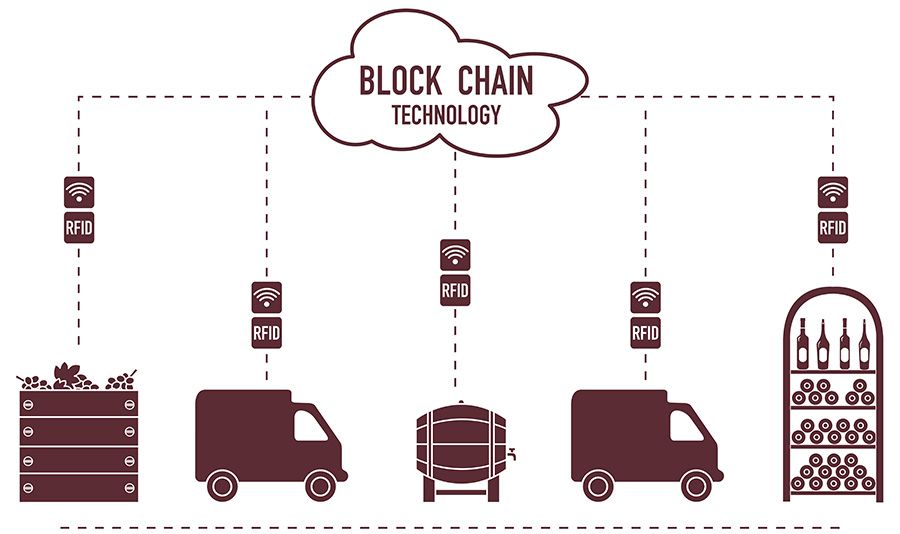
E-Label
Electronic labeling affects the last stage of the chain and is a way for manufacturers to provide more information on their products, but without needing an large printed label. This is usually found as a QR code (or similar) located somewhere on the product, making it easier for the consumer to visualize it and with their mobile device read the information.
This information varies widely, and can include warnings and precautions on the types of materials used and even clinical data, which must then also be translated into other languages.
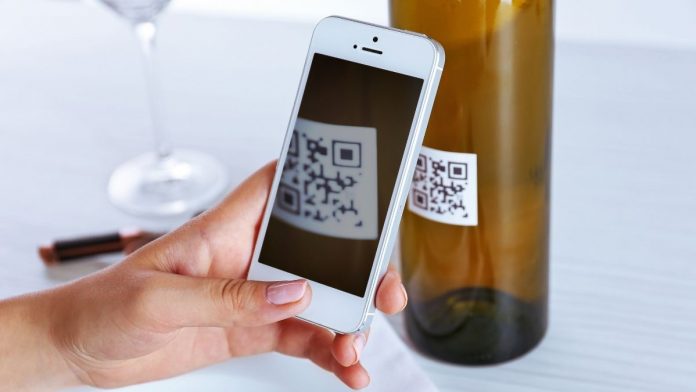
E-Certificate
Electronic certificates are a set of data that allow the identification of the certificate holder, a secure exchange of information with other persons and institutions, and the electronic signature of data in a way that allows the verification of its integrity and origin.
Currently in the wine sector there are no agreed standards as to how these certificates have to be, nor are there global certificates to simplify the trade of wine between countries or regions, so we can expect a major push in this field with a view to:
- Reduce certificate issuance times.
- Improve information flows.
- Improve certificate integrity and security.
- Reduce barriers to trade.
- Modernization of regulation.
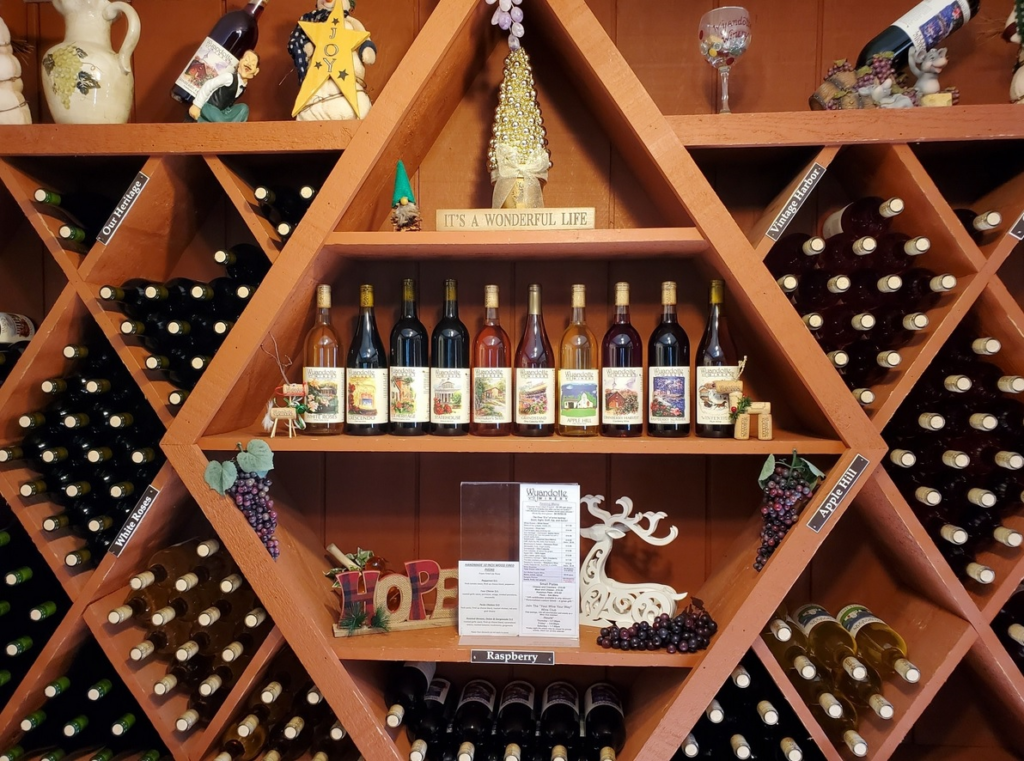
Intelligent storage
Last but not least, there is intelligent storage, which has multiple applications that allow processes to be carried out more efficiently.
The applications are:
- Warehouse Management System (WMS): acting as the brain of the warehouse, in charge of coordinating the processes that take place inside the warehouse from the reception of orders to product dispatch.
- Warehouse Control System (WCS): which coordinates the tasks of the systems that manage automatic order handling equipment, thus being a basic component of intelligent warehouses.
- Manufacturing Execution System (MES): is the computer system that allows the sequencing of activities, assignment of tasks to each operator, or the quality control of the products.
This achieves the objective of gaining operational flexibility in the warehouse, improving the quality of service to customers, increasing product picking and shipping capacity, and increasing warehouse productivity by automating tasks and reducing labor.

Conclusions
As we can see, the wine industry is in the midst of digitalization, with plenty of opportunities ahead for innovation. Increasing productivity and vineyard yields is one of the main objectives of the sector, without forgetting vineyard care and real-time monitoring of the state of the vineyards.
However, there are still a number of problems to be tackled, such as the selection of technologies in which to invest, their cost and the risks to be assumed, which makes it difficult to generalize all these technologies (although, as we have said throughout the article, they are being used more and more).
Similar agri-food markets are not far ahead of the wine market, so it is expected that over the course of this decade the impact of this digitalization will be significant and will encourage those who still have their doubts.
Header Image: newscast.jp

